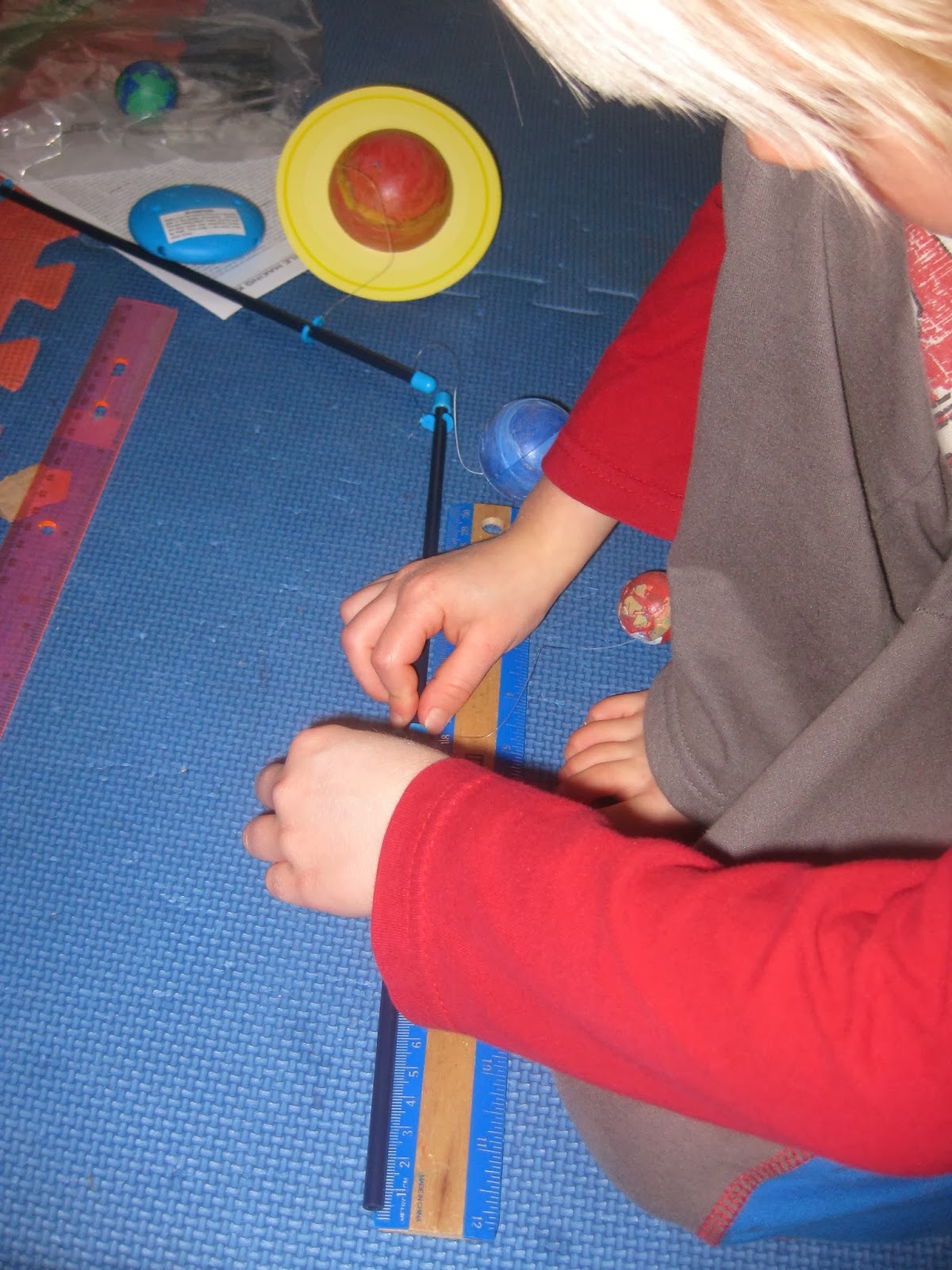So it’s been awhile, like a whole while. We moved across the
country (more later) and I have been asked to write for a book (again, more
later) for teachers on teaching science, math, engineering and technology in an
integrated fashion-a book that has been coming along way slower than
anticipated. I am beginning to think that it’s because I haven’t been taking the
time to write about what I enjoy the most-teaching and learning with my kids.
We have been plugging along slowly as we get accustom to our new house and new
province, new city and new friends, all the while loosely following the “curriculum”
in our own way.

Currently, a few of my teacher colleagues are focusing on evaluating their classes’ ability to “do” procedural writing-so I decided to adapt this “curriculum expectation” for my kids-meaning making it relevant to us. My son (and daughter, but more my son) will only write for a purpose that he can see. I know that there have been studies done that state that boys in primary grades seem to resist writing more frequently than girls and, not to pigeonhole my children, but I seem to find it to be the case with our kids anyway.
So I tried to think of a way for both of them to be interested and engaged enough to write something procedural and I came up with the “Make a Day Plan”. I told my kids to make a plan for the day that was detailed enough to follow and listed things in their preferred order while still keeping in mind the routines of the day.
 Since it was really just an introduction, I told them they could use words like
first, second, or then and later to indicate the order of operations
so-to-speak, and then we would do our best to do most of what they made as their
day plans. I think the reason that they were excited about procedural writing
in this case has to do with the tangible outcome of doing the activities in the
day plan. In other words, I think the key is to validate the procedural writing
they did by following their suggested procedure. In this way, at least I
believe, it gives a sense of purpose, influence and importance in their
writing-meaning hopefully they will want to write more often, as they will see
it as a way to communicate their desires, feelings and opinions!
Since it was really just an introduction, I told them they could use words like
first, second, or then and later to indicate the order of operations
so-to-speak, and then we would do our best to do most of what they made as their
day plans. I think the reason that they were excited about procedural writing
in this case has to do with the tangible outcome of doing the activities in the
day plan. In other words, I think the key is to validate the procedural writing
they did by following their suggested procedure. In this way, at least I
believe, it gives a sense of purpose, influence and importance in their
writing-meaning hopefully they will want to write more often, as they will see
it as a way to communicate their desires, feelings and opinions!Aside: I also love how my son added "clean up the earth" to his list and took the time to draw a diagram in the off chance I wouldn't understand what he was thinking, and how my daughter added "have fun" to her list. The open nature of this task also allowed them to also share with me what was important to them (for today anyways) and gave me a glimpse of what they felt was a good use of their time-both of which I strongly agree with F.Y.I.
Tomorrow is a recipe for Christmas cookies-a great way to
reinforce procedural writing and get a snack for later!













